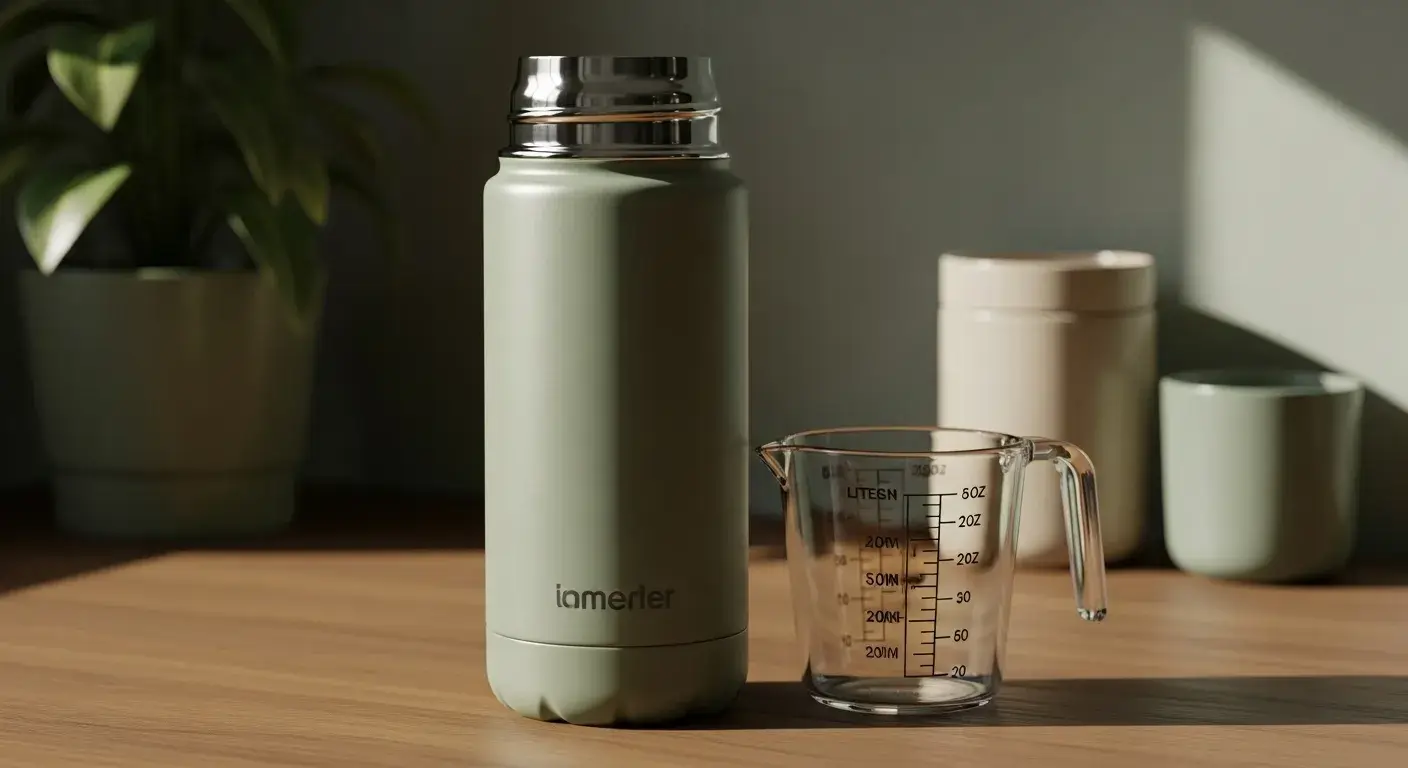
Confused by fluid measurements? Converting liters to ounces isn’t just math—it’s essential for cooking, health, and everyday life.
One liter equals exactly 33.814 US fluid ounces or about 35.195 Imperial fluid ounces.
Whether you’re hydrating or cooking, knowing how ounces and liters relate helps you measure with confidence.
What Is the Exact Conversion Rate Between Ounces and Liters?
Confusion often arises when different systems collide—US vs metric, fluid vs weight.
1 liter equals exactly 33.814 US fluid ounces or 35.195 Imperial fluid ounces.
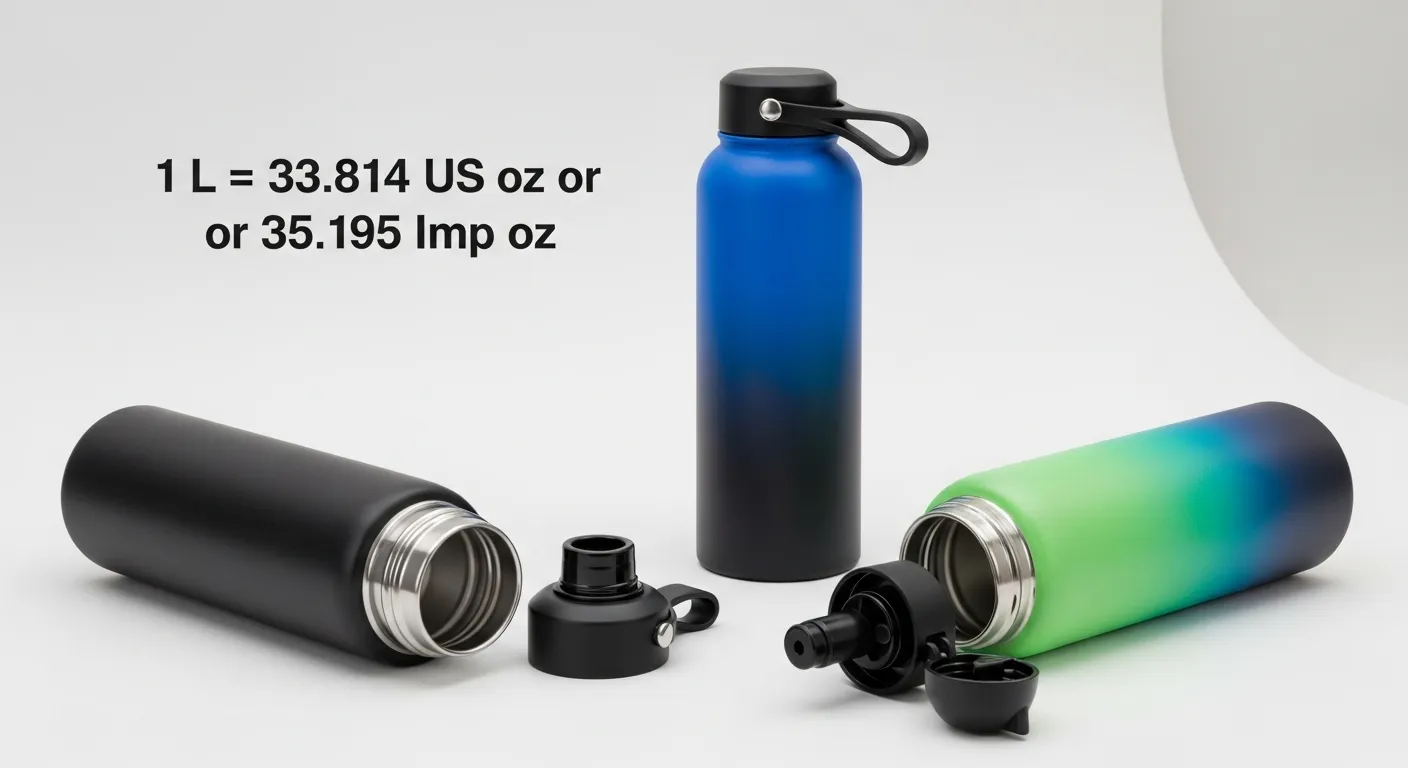
Convert with Confidence
Here’s a table to help:
| Volume (Liters) | US Fluid Ounces | Imperial Fluid Ounces |
|---|---|---|
| 1 L | 33.814 oz | 35.195 oz |
| 0.5 L | 16.907 oz | 17.597 oz |
| 2 L | 67.628 oz | 70.39 oz |
Use this for recipes, hydration tracking, or everyday conversions.
How Many 8-Ounce Glasses of Water Are in a Liter?
Ever wondered how much water your body needs?
One liter equals approximately 4.23 8-ounce glasses.
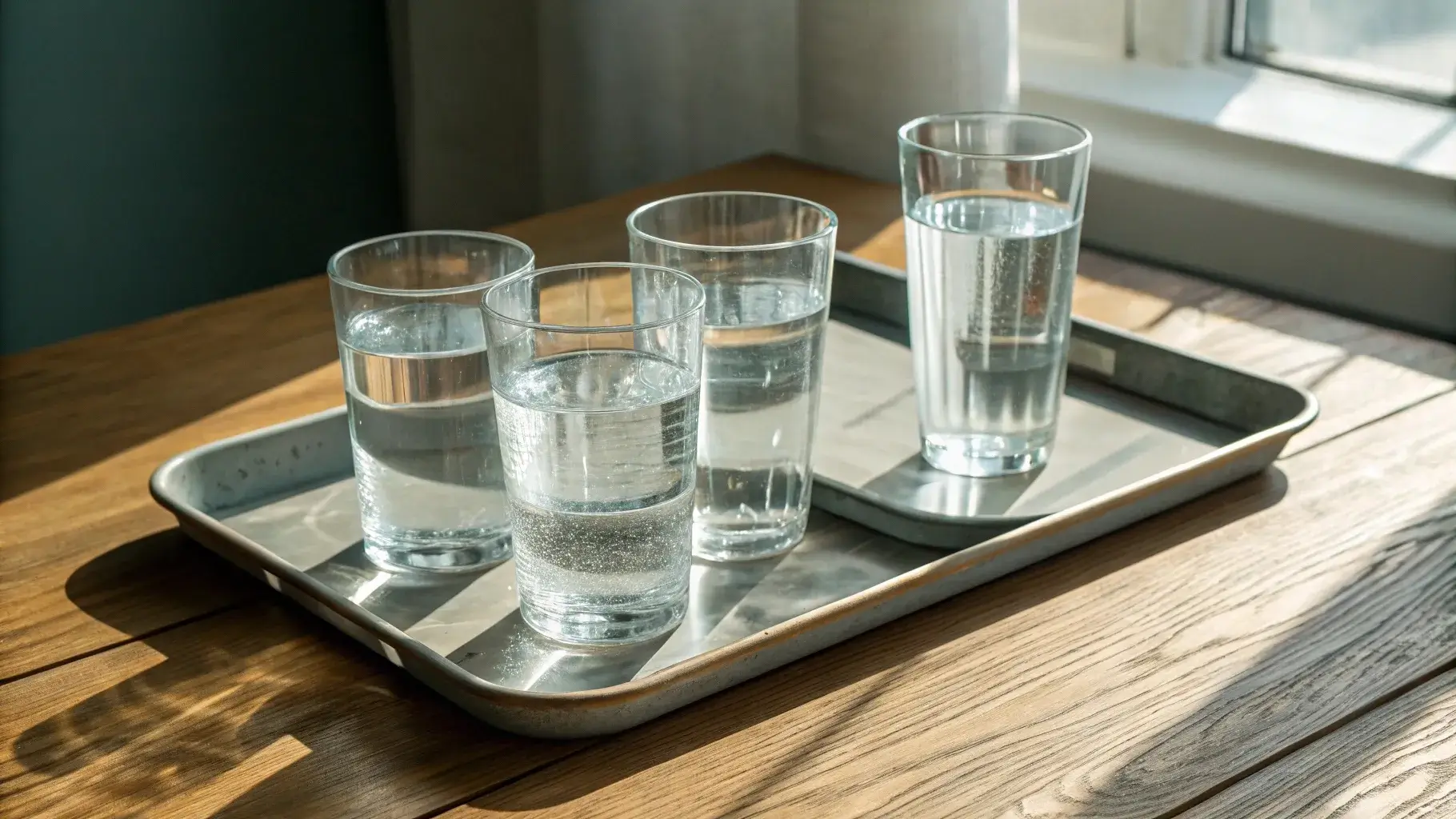
Hydration Breakdown
- 1 glass = 8 oz
- 1 liter = 33.814 oz
- 33.814 ÷ 8 = 4.23 glasses
Most health guidelines recommend 2 liters1 daily for optimal hydration.
Why Does the Number of Ounces in a Liter Vary by Country?
Metric and imperial systems don’t match up neatly.
The US fluid ounce is 29.5735 ml; the Imperial fluid ounce is 28.413 ml.
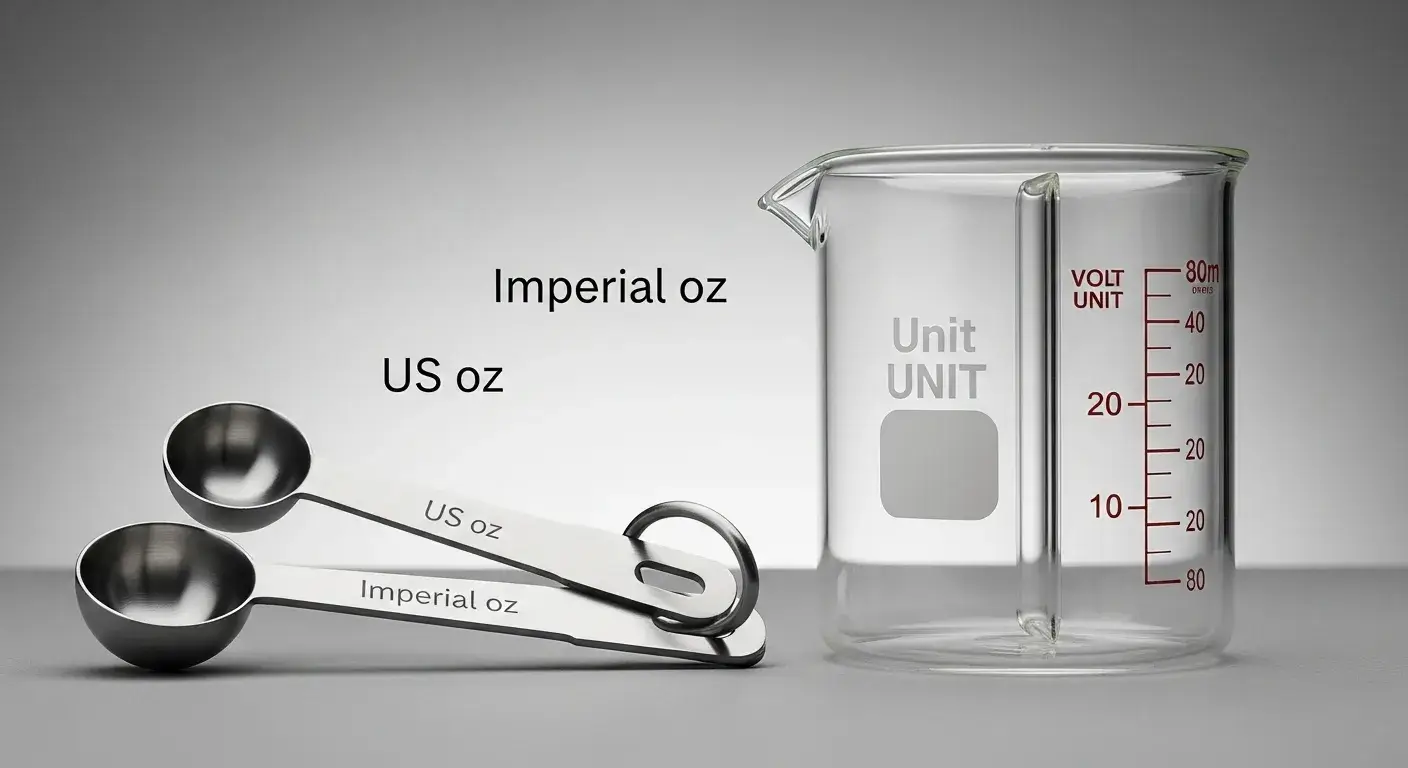
System Differences
| Unit System | 1 Fluid Ounce = |
|---|---|
| US | 29.5735 ml |
| Imperial | 28.413 ml |
Always check your measuring tools' units2. In recipes, US vs UK measurements can change outcomes.
How Do You Convert Ounces to Liters Accurately?
People often guess—don’t.
Use this formula: Liters = Ounces × 0.0295735 (for US fluid ounces).
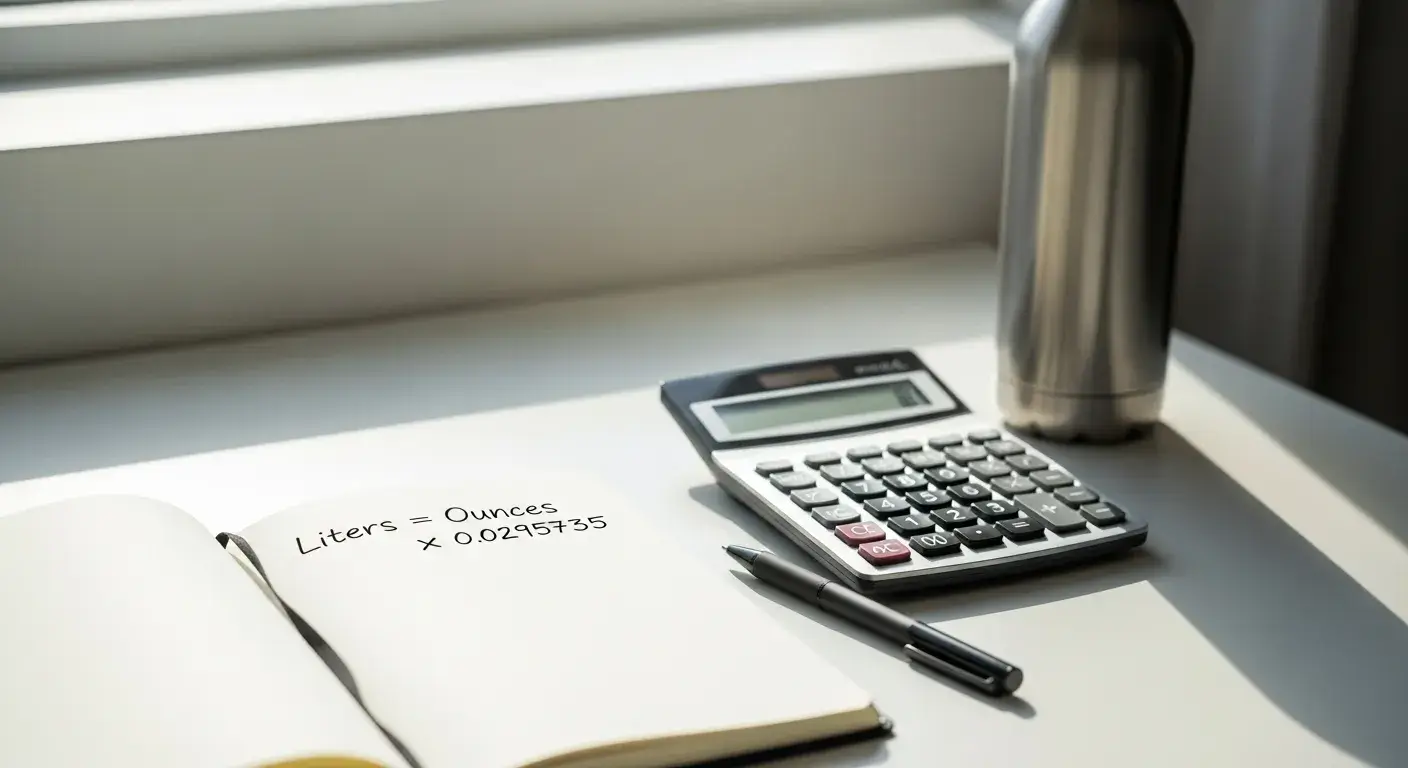
Examples:
- 16 oz = 0.4732 liters
- 8 oz = 0.2366 liters
- 20 oz = 0.591 liters
For Imperial ounces, multiply by 0.028413 or use a conversion calculator3.
How Do Density and Substance Type Affect Conversions?
Not all ounces are created equal—especially for solids or thick liquids.
Ounces can measure weight or volume. For volume, density matters only if converting weight to liters.
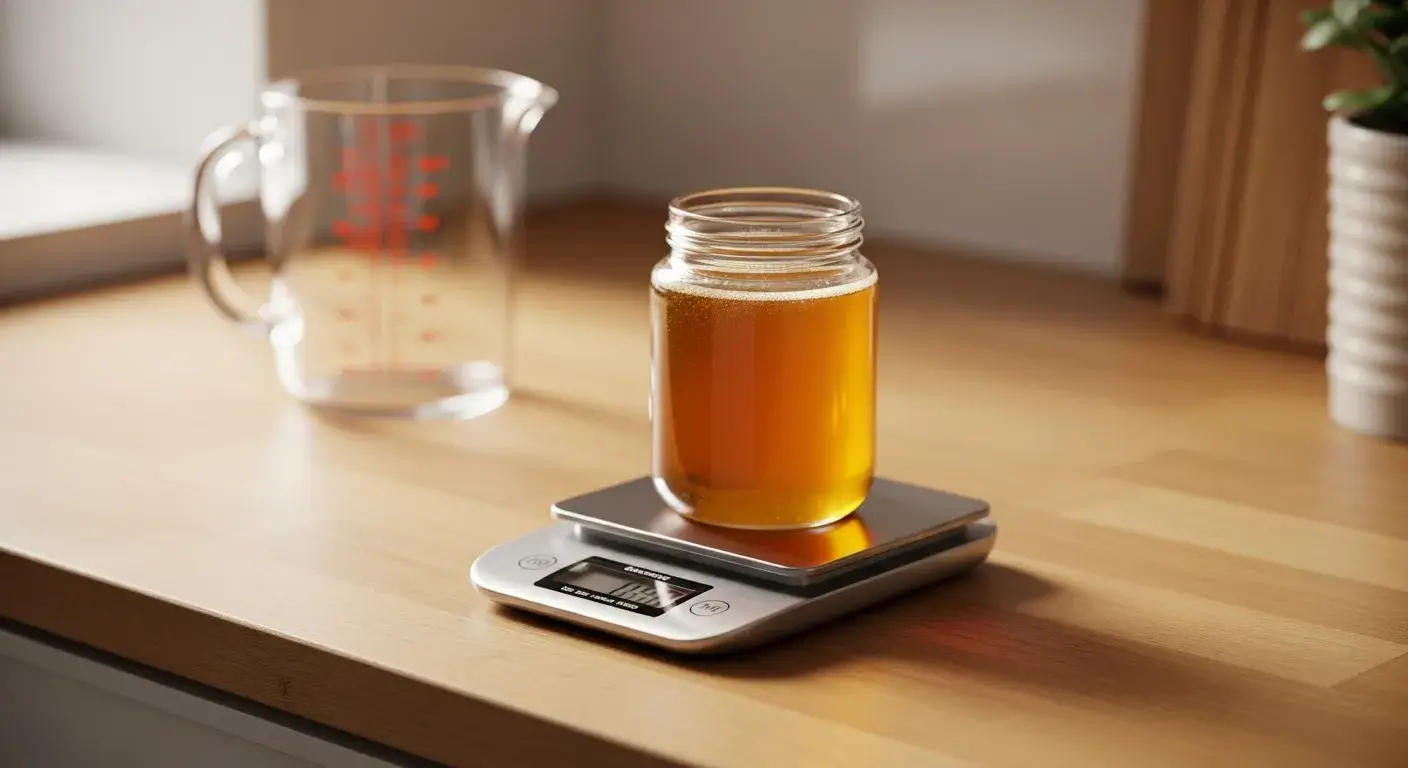
Real-World Use
- Water: 1 oz ≈ 0.03 liters (straightforward)
- Honey: heavier, so 1 oz ≠ same volume
When baking or mixing, consult a substance density chart4 if converting from weight.
What Are Common Mistakes When Converting Ounces to Liters?
Even experienced cooks or travelers slip up.
Mixing up weight and volume, US and UK units, or using rounded figures causes errors.
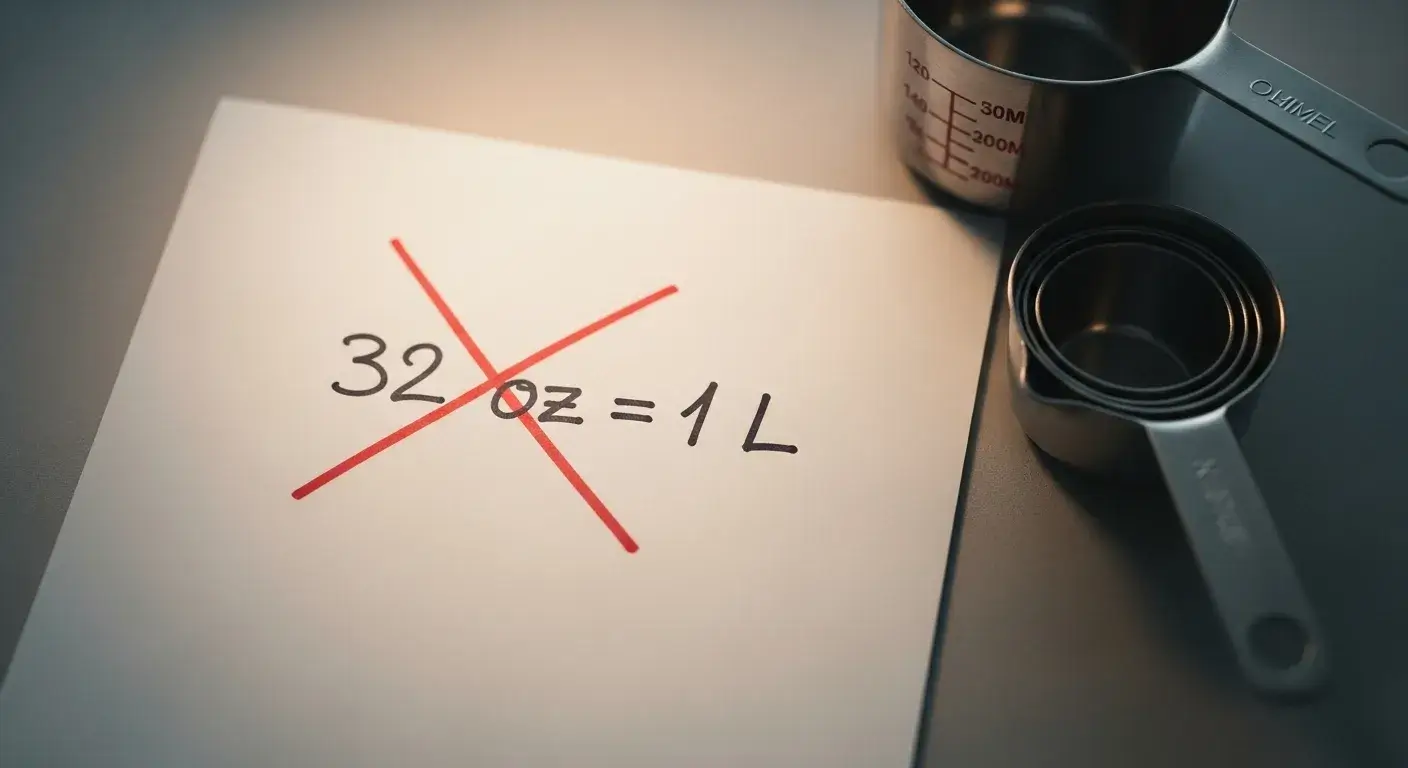
Avoid These Errors
- 32 oz ≠ 1 liter (it's 33.814 oz)
- Don’t use “dry ounces” for liquids
- Always use the correct conversion factor5
Accuracy matters for dosing, recipes, and hydration.
How Can I Convert for Cooking and Baking?
My grandma’s pie crust flopped once—because we used ounces instead of liters by mistake.
In cooking, 1 cup = 8 oz = 0.2366 liters. Use scales and measuring cups marked in both.
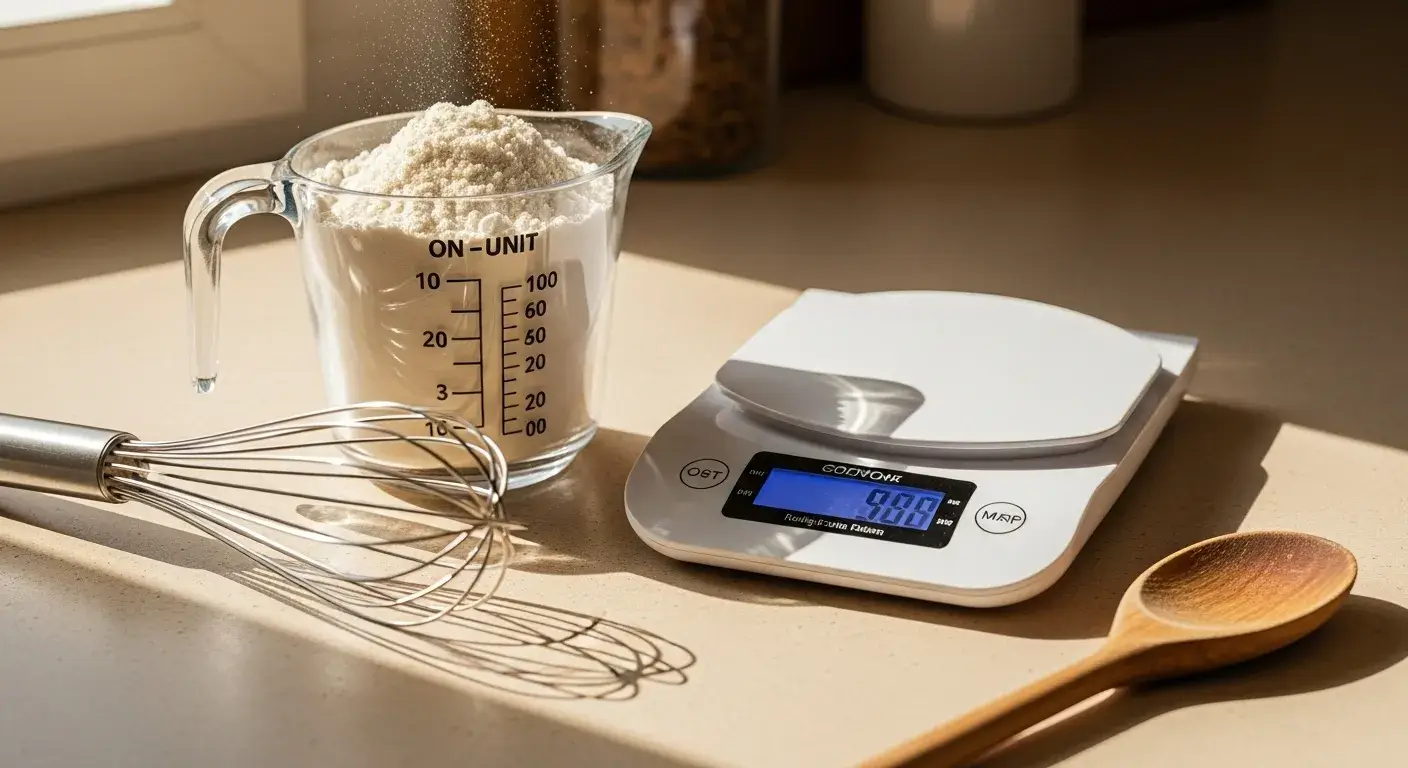
Quick Guide:
| Measure | US Ounces | Liters |
|---|---|---|
| 1 cup | 8 oz | 0.2366 L |
| 2 cups | 16 oz | 0.4732 L |
| 4 cups (quart) | 32 oz | 0.9464 L |
Use a liquid measurement conversion guide6 for kitchen accuracy.
How Many Ounces Are in 2 Liters or 0.5 Liters?
Doubling or halving is common—let’s do the math.
2 liters = 67.628 oz. 0.5 liters = 16.907 oz.
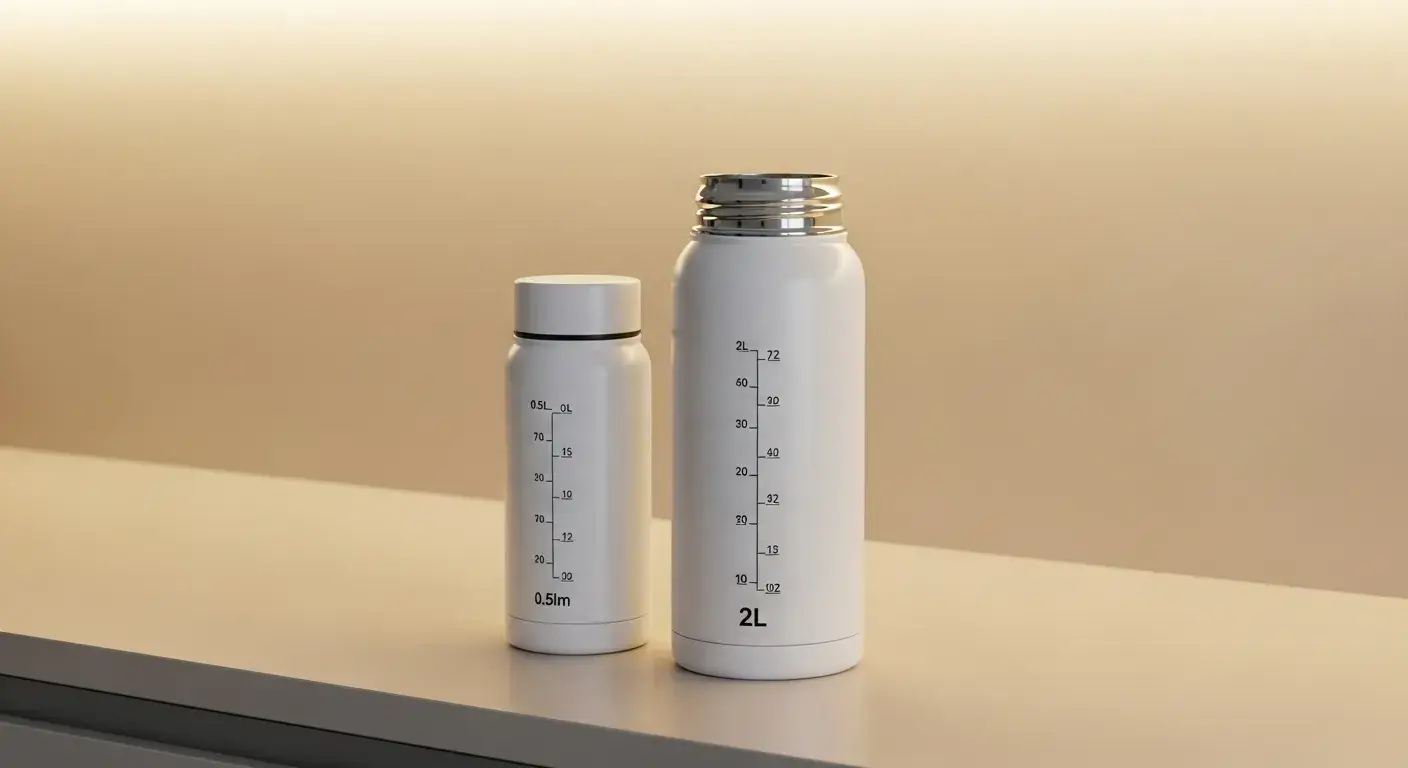
These sizes match common bottles:
- 0.5 L = typical sport water bottle
- 2 L = soda or large water jugs
Great for planning hydration or serving sizes7.
How Do Metric and Imperial Systems Differ in Volume?
My US measuring cup once led to a lumpy pudding in London.
Metric uses liters; imperial uses ounces, pints, and gallons—often inconsistently.
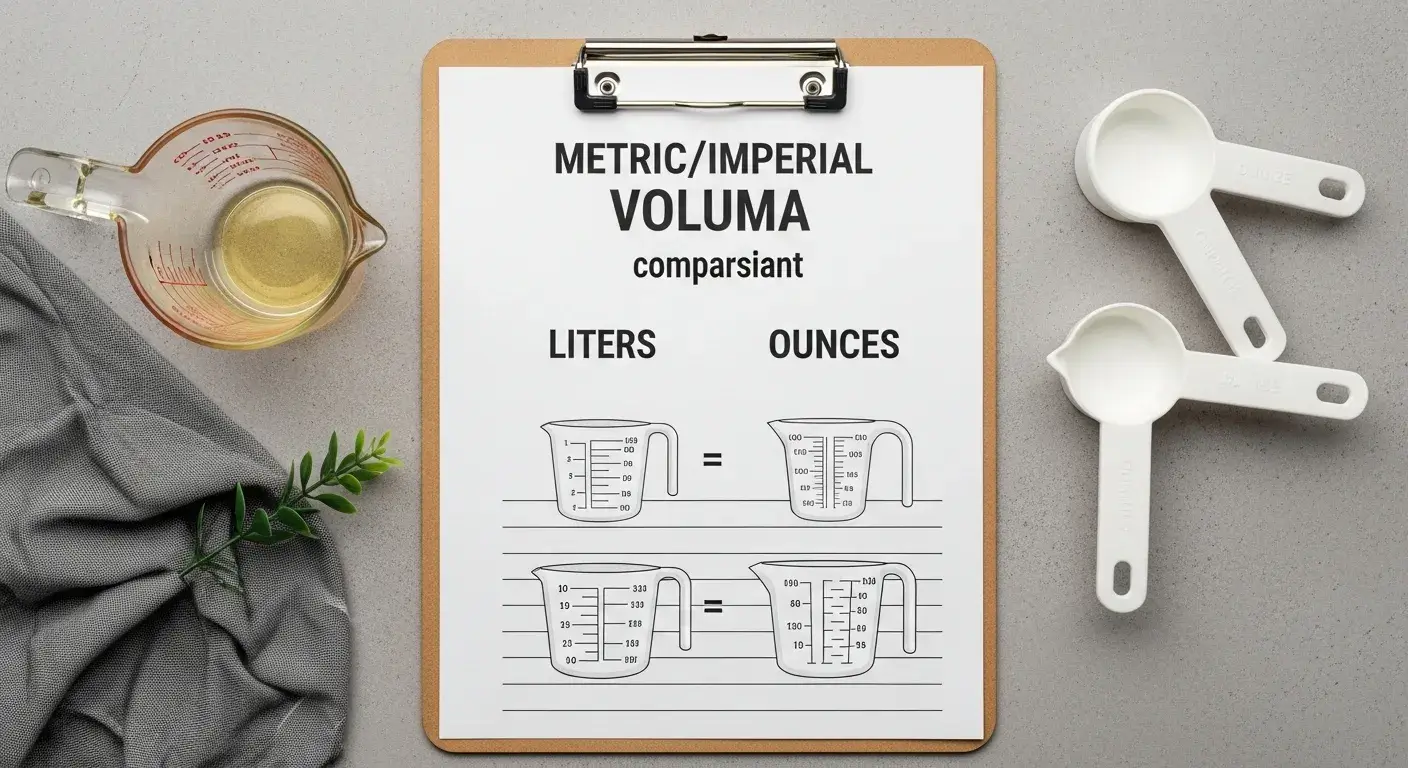
Volume Units by Region
| Region | Units Commonly Used |
|---|---|
| US | Cups, ounces, quarts |
| UK | Imperial ounces/pints |
| Global (metric) | ml, liters |
Review metric vs imperial systems8 before following international recipes.
What Tools or Formulas Help Convert Easily?
Simple tools help prevent disaster in the kitchen or science lab.
Use online converters, printed charts, and the basic formula: Liters = Ounces × 0.0295735.

Helpful Tools
- Kitchen scale with unit switch
- Dual-unit measuring cups
- Conversion apps and websites9
These tools keep your conversions precise and effortless.
Conclusion
One liter equals 33.814 US ounces—now you can convert with confidence, cook smarter, and hydrate better.
FAQs
Is 32 oz equal to 1 liter?
No. One liter equals about 33.814 ounces, so 32 oz is slightly less.
How many 8 oz glasses of water are in a liter?
About 4.23 glasses.
Are fluid ounces the same as regular ounces?
No. Fluid ounces measure volume; regular (avoirdupois) ounces measure weight.
Can I use dry ounces for liquid conversions?
Only if you know the density of the substance—otherwise, use fluid ounces.
Which countries use liters instead of ounces?
Most countries use liters; the US and some Commonwealth countries use fluid ounces.
Footnotes:
-
Recommends how much water to drink daily for proper hydration ↩
-
Ensures you’re using the right system for accurate measurement ↩
-
Quickly converts between units with zero math required ↩
-
Helps calculate volume when converting by weight ↩
-
Prevents common conversion errors in recipes and measurements ↩
-
Aids cooks in measuring ingredients accurately across systems ↩
-
Useful for meal prep, bottle sizing, and tracking fluid intake ↩
-
Explains the key differences between volume systems globally ↩
-
Offers digital tools for accurate and easy conversions ↩

